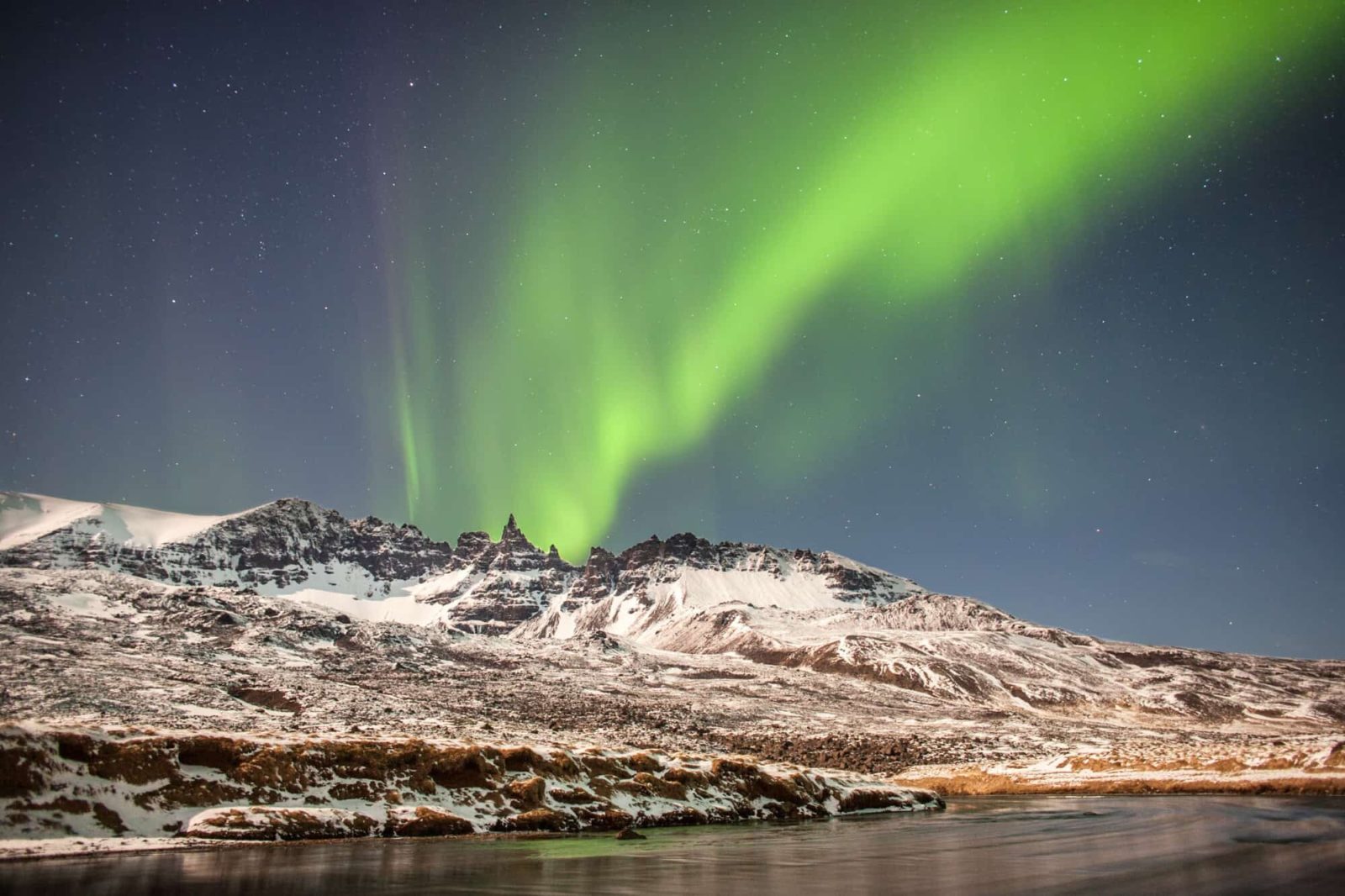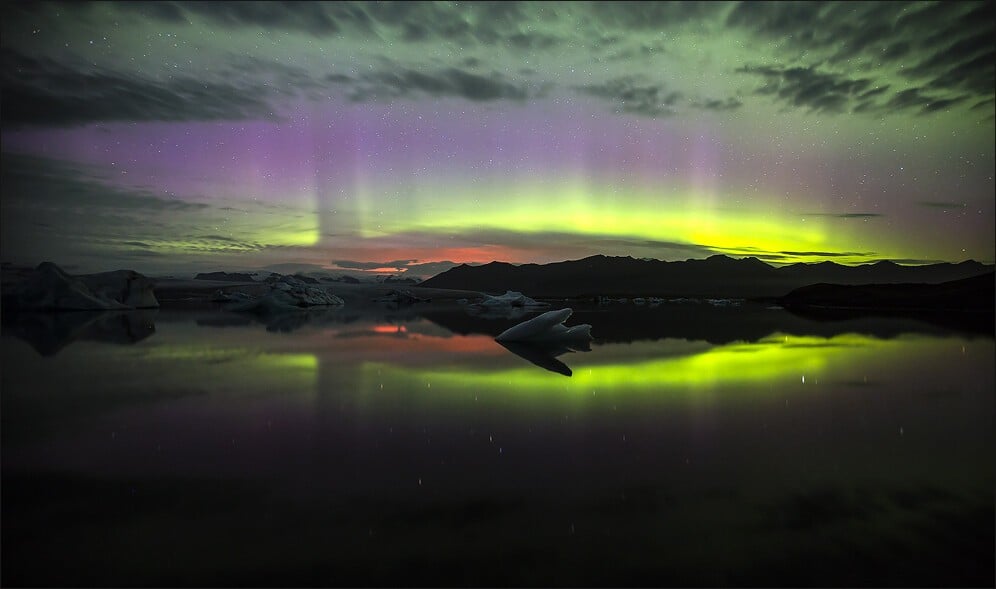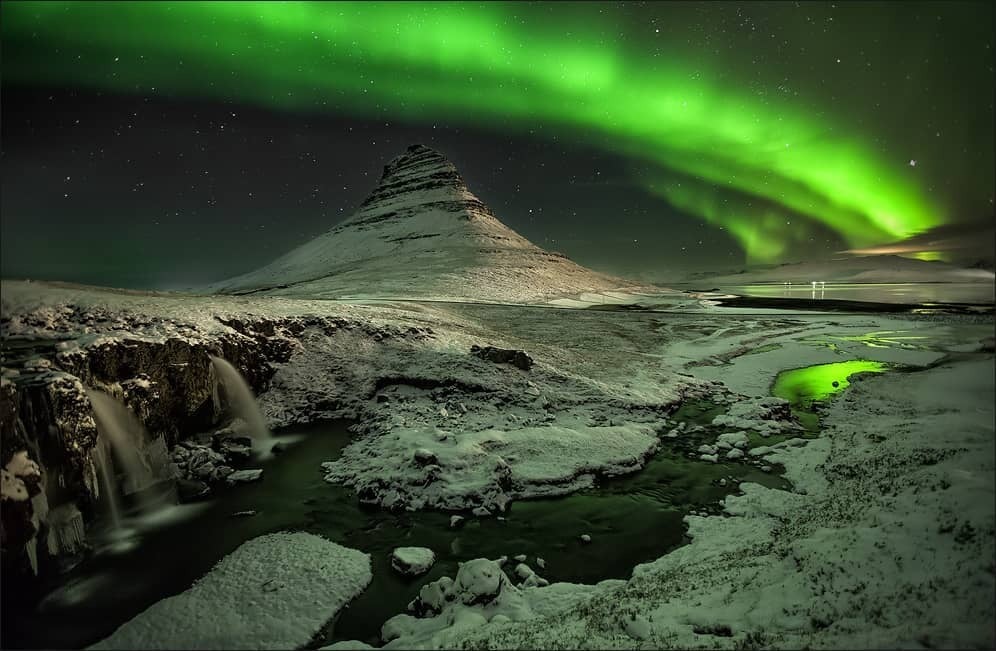The northern lights in Iceland are a huge reason for a lot of people coming to this country. I totally get it. Whenever I take a walk at night and see the shimmering beauty, I am awestruck—my thoughts to the thousands of people who would be ready to be in my footsteps. And I realize how lucky I am to be here in Iceland.
Subscribe to my newsletter for exclusive discount codes that will give you savings on 150 Iceland tours and travel services.
Subscribe to the Stuck in Iceland newsletterReceive exclusive promo codes for tours, car rental, camper van rental, and outdoor clothing rental. Get occasional updates about new content. I will never give your data to a third party without consent.
Thank you
Jon Heidar, Editor of Stuck in Iceland Travel Magazine

Huge selection of northern lights tours
The northern lights are elusive, but you can join a large number of northern lights tours. Those creative folks in the travel industry have created northern lights tours with all kinds of flavors.

When to see the northern lights in Iceland?
The Icelandic northern lights season in Iceland starts in early September and lasts until April. The northern lights can best be seen when the skies are clear and light pollution is low. That is the attraction of joining a tour; experienced guides will know the best places to see the lights. You can also rent a car and venture out on your own. But please be careful, make sure that the car you rent is ready for winter driving. If you are driving in Iceland in winter, you must be ready to tackle icy or snowy roads.
Northern Lights forecast
But the northern lights are elusive, and catching them is never a sure thing. You can increase your odds by consulting at the aurora forecast, run by the Iceland Meteorological office, or the aurora forecast by the Space Weather Prediction Center of the National Oceanic and Atmospheric Administration. Remember that cloud cover is your worst enemy when catching the northern lights, so make sure that you go out northern lights hunting when the skies are clear. My friend Sævar Helgi Bragason has created an online service with an accurate aurora forecast.

When is the best time to see the northern lights in Iceland?
The northern lights are, of course, not limited to winter, but you can´t really see the aurora in the bright summer nights of late June or early July. I am often asked when is the best time to be in Iceland, and I typically say early to middle of September. You may catch the northern lights (sponsored link*), and the weather can still be good. And the high season is over, so the main attractions here in Iceland are less crowded. The northern lights season starts in September and ends in about mid-April. The main problem for northern lights watching is the weather. You can have blazing northern lights, but you see nothing when it is cloudy, raining, or snowing.
What are the best locations?
Get out of any area with light pollution. There are ´islands of dark´ in Reykjavik such as the Elliðaárdalur valley, Öskjuhlíð hill or Grótta, but I would get out of the city to maximize the chances of seeing the northern lights. Avoid nights with a full moon as it will diminish the light from the northern lights.

What are the northern lights?
Before scientists revealed that the northern lights result from the interaction of high-speed particles from the solar wind interacting with Earth’s protective magnetic field, people believed all sorts of things about them. People in medieval Europe considered them harbingers of woe, while other people in many different cultures considered them spirits of some sort. Vikings theorized they were glint of the armor of the Valkyries. Now that is a kind of a cool idea, actually!
No, it is not Valkyries. Unfortunately
Unfortunately, the explanation for the northern lights is more pedestrian than spirits, Valkyries, or tidings of woe. The sun emits charged particles from its dark spots, which travel more than 150 million before hitting Earth’s magnetic fields. They are pulled toward the poles of the Earth, and on their way, they hit gasses in the atmosphere. Oxygen makes the northern lights green and yellow. Nitrogen makes them violet, blue and red. Strong flares of particles from the sun create massive, swirling northern lights. Weak flares result in a much less dramatic show. Iceland´s proximity to the north pole makes it ideal for catching these exotic natural works of art.
Stay safe
Safety needs to be considered for northern lights hunting. Too often, I have been driving late at night and see people on the road appear just in front of the car or at the side of the road. They are invisible as they wear no reflectors. Remember that you are invisible in the deep darkness of the Icelandic winter night if you wear dark clothes. So please wear reflectors and avoid standing around on the road. Remember that the roads can be icy, and cars may have difficulty stopping. Also, remember that you go out northern lights hunting in winter it will be cold. Very cold. So think layers and dress warmly. Very warmly.
What if I don’t see the northern lights?
Suppose you are out in the night with a clear sky and don´t catch the northern lights. Don´t worry. Just look up and watch that incredible starlit sky and remember how fantastic it is to be in this beautiful country.
*Thanks to Cozy Campers for helping keeping the magazine free to use for all.




